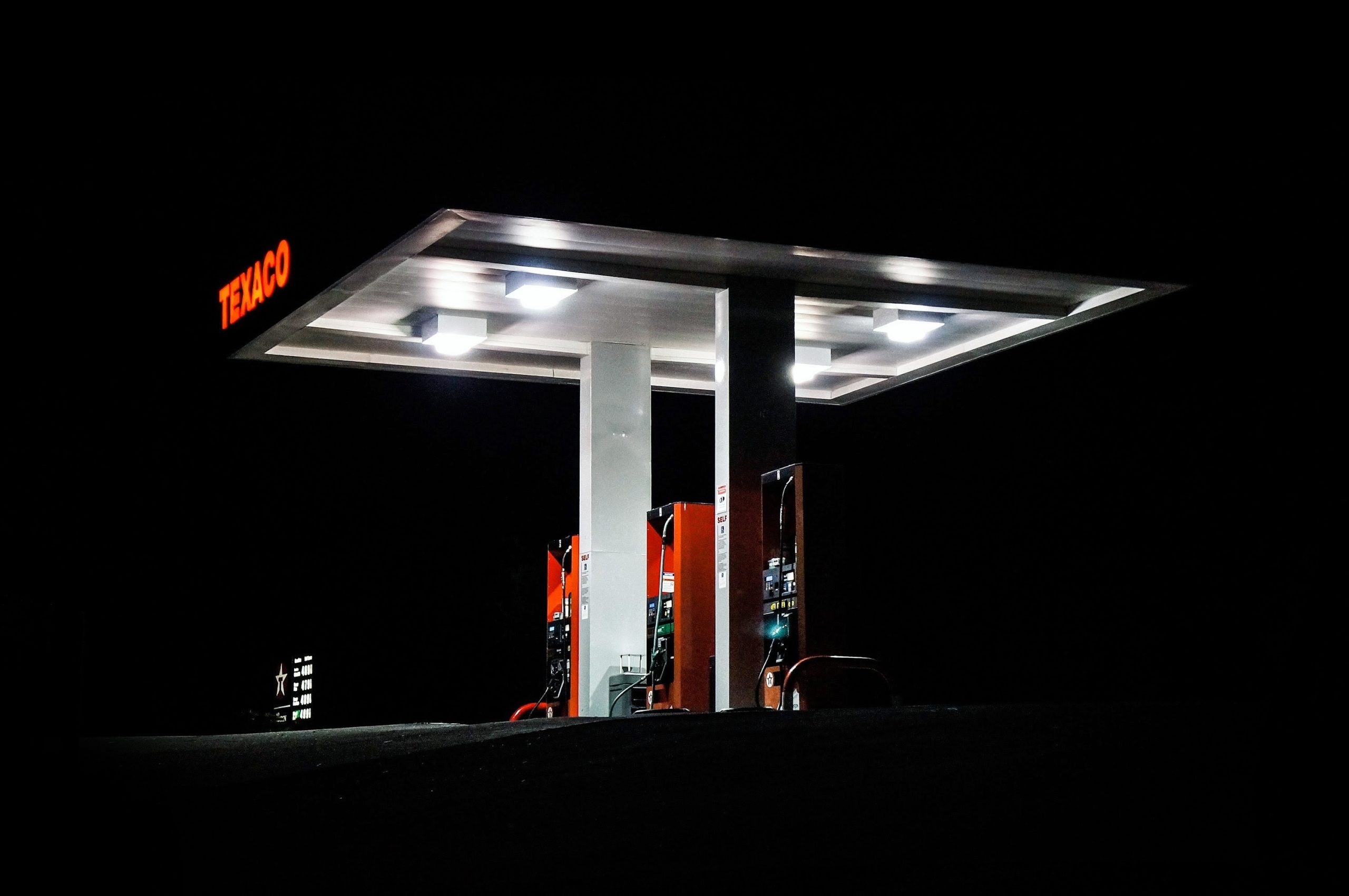3/28/2022
The last two years of the Covid-19 pandemic introduced evolving trends in various customer needs. Rideshare needs suffered at the height of the pandemic, while food delivery demand began to skyrocket. Today, soaring stocks and exceeding estimated revenues suggest that food delivery is here to stay, and an increased demand for rideshare services signal society’s return to ride hailing apps. Increased profits may be a sigh of relief for the CEOs of these companies, but both services are now experiencing a new challenge, and it is occurring at the expense of their drivers.
The late February onset of the Russia-Ukraine war has caused a 30 percent increase in crude oil prices, resulting in Americans paying record high prices at the pump. As of late March, the national average cost per gallon is $4.24 – a discount compared to the many California residents paying over $6.00 per gallon. Wallets across the country are feeling the effects of increasing gas prices, but this challenge is even greater for the workers whose net income is dependent upon the cost of filling their fuel tanks.
Food delivery and rideshare drivers are classified as independent contractors rather than employees. Their independent contractor classification means that the employer and driver do not have as many obligations to one other as a typical employer-employee relationship guarantees. Though this offers some advantages to drivers such as flexible scheduling, one of the negative implications of being a gig worker is that employers are not required to cover workers’ vehicle-related expenses. One feature of this model is that the driver pays more for gas as they complete more rides, but the additional income from additional rides can typically offset those costs. This cost and profit relationship becomes less manageable as gas prices increase.
Several Redditors that drive for Uber reported driving roughly 150 miles per day. Assuming a driver has a 5-day work week and a car that performs at the U.S. average of 25 miles per gallon, drivers in the Los Angeles area can expect to be spending 720 dollars a month on gas. In response to the recent increase in fuel costs, some companies, such as Uber and Lyft, have begun adding fuel surcharges to each ride, with 100 percent of the surcharge being paid directly to the driver. But these efforts may be coming up short. The surcharges are flat-rate fees that range from $0.35 to $0.55. Even at the national average cost of $4.24 per gallon of regular, a $0.35 fee might cover 2.06 miles, about 2.6 times less than the distance of the average Uber ride. Many drivers took this surcharge announcement as an insult, stating that it does not begin to cover what they’re paying to fill up their tanks. Unable to do much more than break-even, many drivers around the country are reducing driving hours or quitting altogether.
Historically, completing several rides and deliveries per day is how many of these drivers have been able to earn a reasonable income. Now, with gas prices at a record high, more driving does not guarantee more take-home pay, and drivers are struggling as a result. Are per-gig fuel surcharges a perfunctory attempt by companies to help their drivers during this difficult time? Given that drivers are independent contractors, do employers have a moral obligation to aid them? As driver and employer relationships strain over the cost of fuel, society continues to demand rideshares and food delivery. This might prompt an additional consideration: should recipients of these services also be responsible for the financial burdens caused by their own demands.

